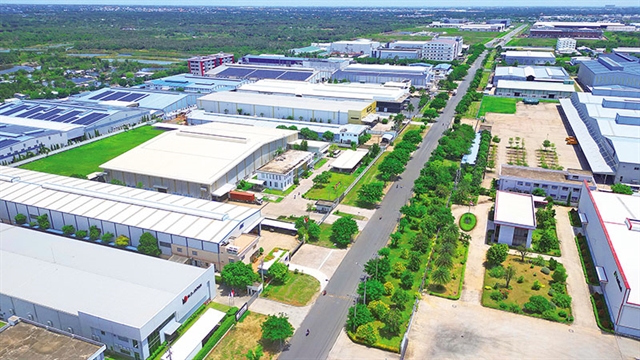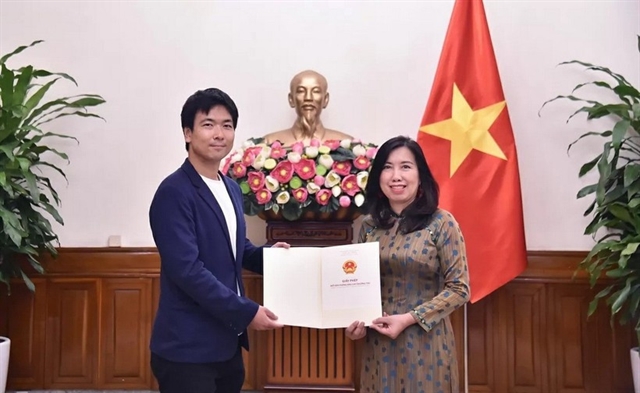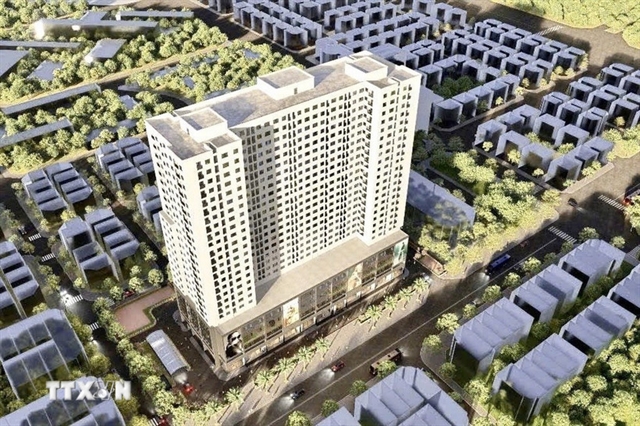 Economy
Economy

Minister of Information and Communications Trương Minh Tuấn has granted three giant mobile network operators licences to set up public telecommunication and provide 4G service on broadband 1,800 MHz.
 |
| Customers register 4G SIM cards at a shop in HCM City. — Photo xahoithongtin.com.vn |
HÀ NỘI — Minister of Information and Communications Trương Minh Tuấn has granted three giant mobile network operators licences to set up public telecommunication and provide 4G service on broadband 1,800 MHz.
The operators are MobiFone Telecommunications Corporation, Viettel Group and Vietnam Post and Telecommunication Group (VNPT).
It is estimated that more than 100 million mobile subscribers of the three mobile service providers will enjoy the services soon.
Dong Soo Park, global marketing and sales general director of Samsung Networks, told local media that with the development of 4G service, Vietnamese customers would enjoy more value-added services. It’s time Việt Nam developed 4G, he said.
The permission for 4G service is part of the government-approved telecommunication development plan until 2020.
In late 2015, Viettel piloted the 4G service in Bà Rịa-Vũng Tàu and Hà Nội, while VNPT has been testing the service in HCM City and Kiên Giang since January 2016. MobileFone also tested the service in the three major cities of Hà Nội, Đà Nẵng and HCM City.
4G, which is the fourth generation of telecommunication technology that is tens of times faster than the previous generation, has already been launched in several countries.
According to the Department of Radio Frequencies, Việt Nam can only popularise the service from 2018. However, major telecommunication service providers said they could officially launch the service right after receiving the licences.
Under the national broadband plan from now until 2020, the Vietnamese Government highlights the task of building and developing a modern and safe broadband infrastructure, which has large capacity, high speed and supplies multi-services to every place throughout the country. The plan emphasised 4G broadband infrastructure should cover 95 per cent of the population by 2020.
The implementation of the most advanced broadband technology, such as long-term evolution (LTE), has received attention from both management agencies and telecom providers.
The ministry has allowed businesses to carry out pilot 4G LTE programmes since 2010. Based on market demands, together with technologies, equipment and other conditions, the ministry granted licences for the pilot LTE and LTE-Adv networks to some telecom companies in various localities in the end of 2015.
4G LTE is a standard for high-speed wireless communication for mobile phones and data terminals, providing end users with mobile data service that is 10 times faster than 3G’s maximum speed. — VNS




